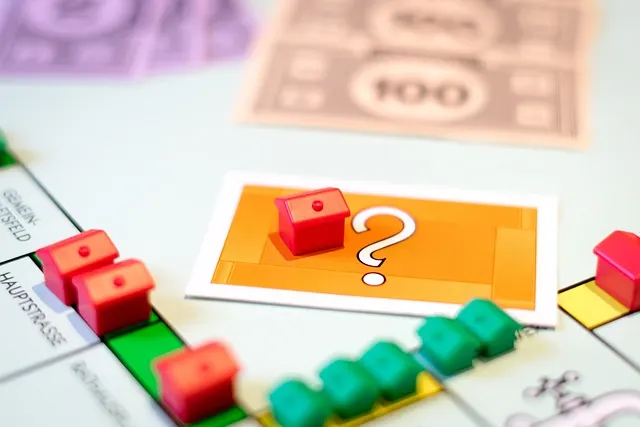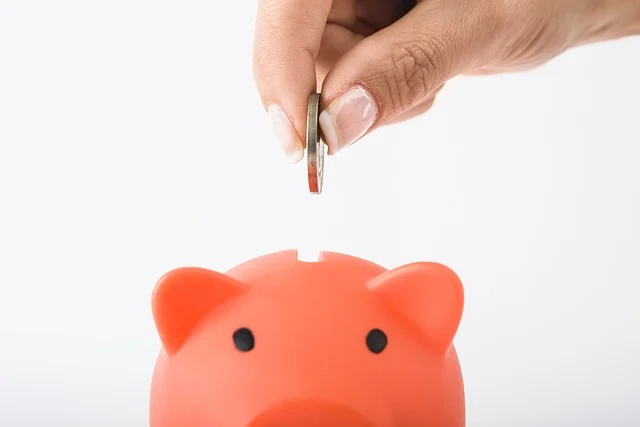Table of Contents
- Why Real Estate?
- Step 1: Preparing for the Down Payment
- Step 2: Build Your Credit
- Step 3: Talk to Lenders (But Don’t Apply Yet)
- Step 4: Choose Your Property Type
- Step 5: Research the Market
- Step 6: Get Pre-Approved
- Step 7: Make Your Offer
- Step 8: Complete the Inspections
- Step 9: Close Escrow
- Bonus: What If You Have Bad Credit?
Why Real Estate?
Real estate investing is one of the most powerful vehicles for building long-term, generational wealth. Not only does it allow you to grow your net worth through appreciation, cash flow, and debt reduction, but real estate also unlocks some of the most potent tax advantages in the entire tax code—advantages most people never even learn about.
I currently own 15 rental properties, and in this guide, I’m going to walk you through exactly how to buy your first. You'll learn how to find the right property, how much money you’ll need, what steps are involved, and how to get approved—without getting lost in the process. If you're thinking about becoming a real estate investor—whether it's for the tax benefits or for building a legacy—this is for you.
Real estate investing, even on a very small scale, remains a tried and true means of building an individual's cash flow and wealth.
Step 1: Preparing for the Down Payment
Most people trip over the first hurdle: the down payment. If you're buying a rental property, expect lenders to require 15% to 20% down. That means if you're buying a $500,000 property, you’ll need to bring $75,000 to $100,000 to the table. That’s not pocket change.
If you’re just getting started and don’t have that much saved, take a step back. Build your capital before diving in. Don’t jump into real estate undercapitalized—you’ll quickly find yourself stressed, overwhelmed, and vulnerable to every little thing that goes wrong.
Now, if you’re set on getting started with less money, there are alternatives. One of the most common is using an FHA loan, which requires as little as 3.5% down. The catch? You have to live in the property for at least a year. A lot of new investors buy a multi-family property, live in one unit, and rent the others. After a year, they move out and rent the whole place. It’s a great strategy, but remember—FHA loans come with mortgage insurance, which increases your costs.
Step 2: Build Your Credit
If you're financing your property with a mortgage, your credit score matters. A higher score gets you a lower interest rate. Lower rates mean lower monthly payments, which means more cash flow. That extra cash each month goes directly toward building your wealth.
If your score is under 700, fix that first. Ideally, aim for 730 or above. You can boost your credit by reducing your credit utilization, making all your payments on time, and correcting errors on your credit report.
Step 3: Talk to Lenders (But Don’t Apply Yet)
You don’t need to apply for a loan yet, but you do need to have conversations. This step is about clarity, not commitment.
Don't you dare underestimate the power of your own instinct.
Call lenders and tell them your situation—your income, your estimated credit score, whether you’re self-employed. Ask them how much you might qualify for. Don’t let them pull your credit yet; that can hurt your score unnecessarily. This is about information gathering. Find out how much you might be able to borrow, what terms they might offer, and what paperwork you’ll eventually need.
This gives you a clear picture of what kind of property you can afford.
Step 4: Choose Your Property Type
There are many kinds of rental properties—single-family homes, duplexes, triplexes, fourplexes, condos. Each has its pros and cons.
If you’re on a tight budget, start small. Duplexes or single-family homes are easier to manage and require less upfront cash. Avoid condos when you’re starting out. They usually come with high HOA fees and strict rules that eat into your profits and limit your control over renovations.
Talk to a local realtor to get a sense of what property types perform well in your area. They can give you insight into long-term value, rental demand, and market trends.
| Monthly Item | Estimated Cost ($) |
|---|---|
| Rental Income | 3 |
| Mortgage Payment | 2 |
| Property Taxes | 300 |
| Insurance | 100 |
| Maintenance Reserve | 100 |
| Cash Flow (Net) | 500 |
Step 5: Research the Market
Now you’re finally ready to look at actual properties. This is where many beginners panic—they’re afraid of making a costly mistake. Don’t jump in until you’ve completed the first four steps.
Here’s what to look for:
- 1. Cash Flow Positive – Make sure the rent you’ll collect each month is higher than your expenses (mortgage, taxes, insurance, maintenance). Use Zillow, Redfin, or Trulia to research rents in the area. Plug numbers into a mortgage calculator. Know your cash flow before you make an offer.
- 2. Avoid Major Fixers – If the property just needs paint or carpet, that’s fine. But avoid properties with major renovation needs—roof replacements, HVAC systems, foundation issues. As a beginner, you probably don’t understand the real cost or timeline involved.
- 3. Safe, Desirable Areas – Look for properties in neighborhoods with good schools, low crime, parks, a strong job market, and desirable amenities. These attract quality tenants and help your property appreciate in value.
Step 6: Get Pre-Approved
Now it’s time to get serious. Choose the lender you liked best from your earlier conversations and go through the full pre-approval process. Let them run your credit.
They’ll assess everything—your debt-to-income ratio, employment history, tax returns, assets, and even the projected rental income of the property. The result is a pre-approval letter, which you'll need to start making offers.
| Credit Score | Mortgage Rate | Approval Likelihood |
|---|---|---|
| 740+ | Best available rates | Very high |
| 700–739 | Good rates | High |
| 660–699 | Moderate rates | Moderate |
| 620–659 | Higher rates | Low |
| < 620 | Hard to qualify, subprime options | Very low, consider alternatives |
Step 7: Make Your Offer
Once you're pre-approved, it’s time to make offers. You now know your budget and what kind of property you're looking for.
Work with a good real estate agent. A great agent makes a huge difference—they can spot hidden value, identify red flags, and help you negotiate. Think of it like dating. If one doesn’t work out, move on. But when you find the right one, you can build a long-term working relationship.
When making your offer, always include inspection contingencies. You need the flexibility to walk away if the inspection uncovers serious issues.
Step 8: Complete the Inspections
Your offer is accepted. Now comes the inspection period. Don’t skip it. Ever.
Hire a professional inspector to check the property inside and out. You want to know if there’s water damage, mold, structural issues—anything that could blow up your budget.
If the inspector finds issues, you have leverage. Ask the seller to lower the price or cover repairs. If they won’t, you can walk away.
Step 9: Close Escrow
Once everything checks out, it’s time to close. Escrow is the final stage, and it’s a process—not something that happens in a day.
You'll sign the deed, transfer ownership, wire the down payment, and pay all the closing costs (lender fees, attorney fees, escrow fees, etc.). Once it's done, the property is yours.
You can now make renovations, find tenants, and start collecting rental income—and yes, you can finally begin taking advantage of those tax breaks.
Bonus: What If You Have Bad Credit?
Can you buy a property with bad credit?
Yes, but it’s harder.
You’ll need to go through a hard money lender or a private lender. These options usually come with higher interest rates and stricter terms, but they exist for people with poor credit. Worst case, buy with cash if you have the means. But long term, you should repair your credit. It opens more doors and gets you better deals.
Other articles for you

Let’s clear the confusion

What income will put you in the upper middle class? The answer might be a little more complex than it seems.

No one wants to be broke

Your twenties matter more than you think

The idea is simple

If you’ve got crypto sitting idle in your wallet, you’re probably leaving money on the table.

Today, we’re diving into the two most common passive income options in the crypto space: yield farming and staking.

A Certificate of Deposit—or CD—is a savings tool where you lock in your money for a fixed period in exchange for a higher interest rate than a standard savings account.

Only about 18% of americans use high-yield savings accounts—an option that can significantly increase your returns with minimal effort.

You want to grow your wealth without spending hours learning to trade stocks, stress over market movements, or hire expensive financial advisors.